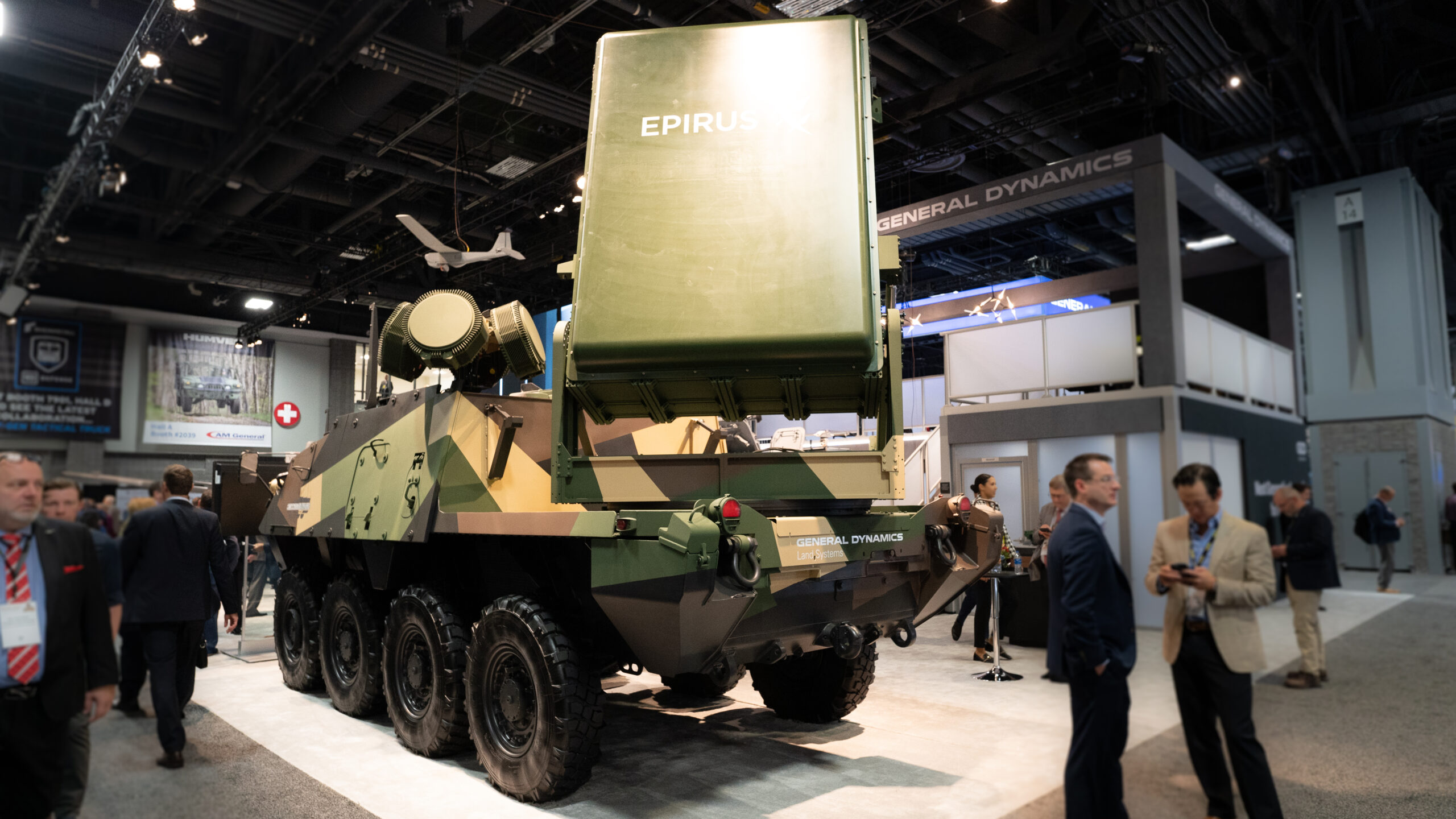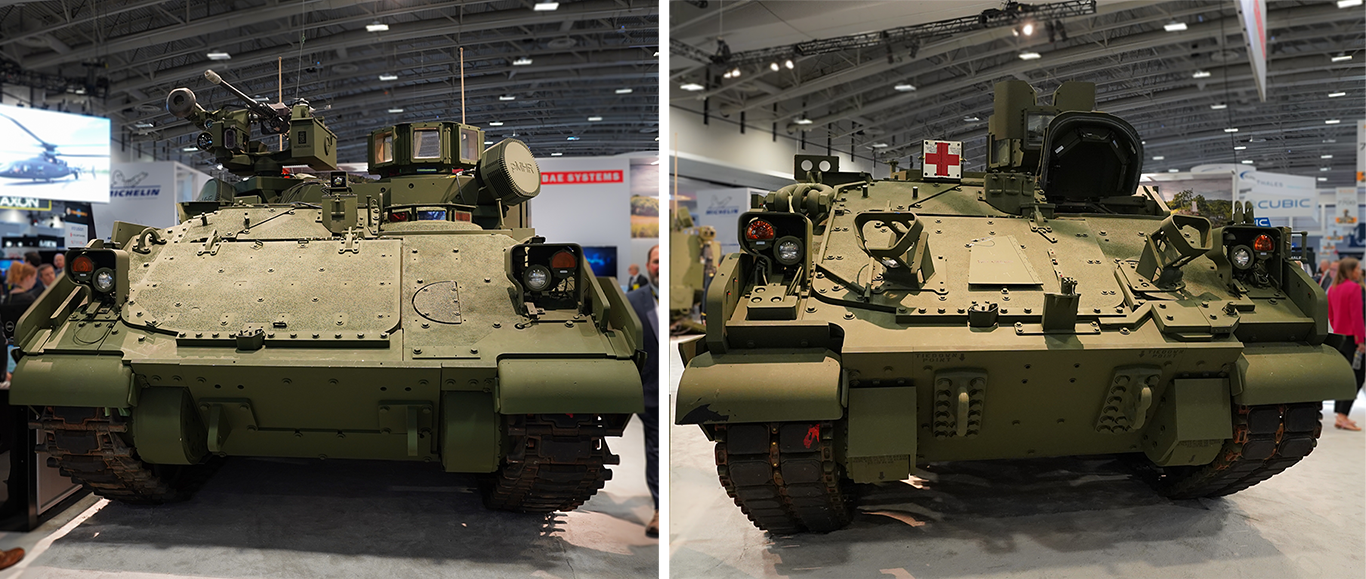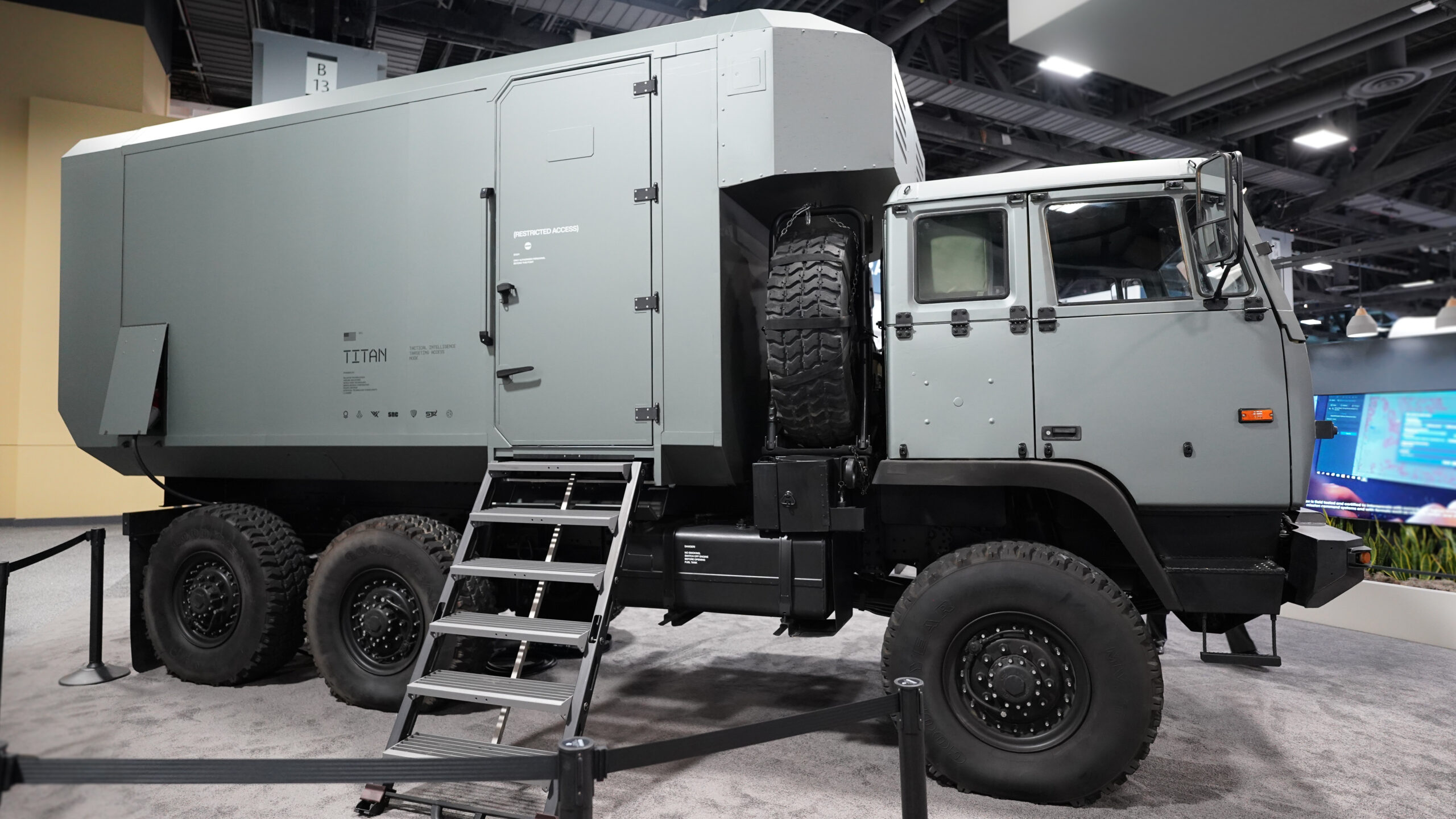
WASHINGTON — For years, the joke in defense circles has been that directed energy systems — more commonly known as lasers — are the technology of the future, and always will be. But following a series of successful live-fire tests of its new Iron Beam capability, Israel is moving forward in hopes of putting that joke to rest, potentially within two years time.
Iron Beam is a complimentary capability to the Rafael-built Iron Dome defense system, which uses kinetic interceptors to protect Israel against incoming rockets, mortars, and small drones. The 100+ kilowatt weapon, also made by Rafael, is being funded by the Israeli Ministry of Defense fully through initial operational capability, when several of the systems will be up and running.
Michael Lurie, the incoming CEO of Rafael USA, told Breaking Defense in a recent interview that live-fire tests six months ago convinced the IDF to move forward with funding the project after decades of experimentation with lasers. And the company is bullish this could be “the beginning of a new era in military technology,” he said.
“We don’t have a technology problem or a scientific problem anymore… it’s now an engineering problem. The science is there, we’ve shown that it works,” Lurie said. “It’s not a question of if we will do it. It’s a question of when, how long it will take. The IDF would like it to work today, tomorrow. But I think realistically this is an effort that, from the point we’re standing today, will take two to three years before we have an operational system working.”
The system will be a big part of Rafael’s presence during this year’s Association of the United States Army (AUSA) conference, held in Washington next week.
Lurie stressed that Iron beam will never fully replace Iron Dome. Instead, Israel plans to integrate the two. The existing Iron Dome infrastructure — all the backend that makes a decision for targeting — will remain in place. Effectively, if all goes well, the Iron Beam would just be another option for the system to choose to use against incoming threats.
And there are real trade-offs for the system to consider. While a kinetic interceptor can destroy a target on impact, a laser requires being held on target for a certain amount of time, and doing so for even a few seconds has potential complications. And if the weather is bad, it can render a laser system ineffective against incoming targets.
On the other hand, a kinetic interceptor takes time to reach the target while a laser travels at the speed of light — and doesn’t need to be resupplied. And the cost savings of using a laser system versus having to produce and procure kinetic interceptors is significant. As Lurie put it, the biggest challenge with Iron Dome today is “economics,” which was a major reason for the drive towards a directed energy option.
Lurie declined to get into what the range of the Iron Beam might be, although a company release has claimed it’s “several kilometers.” The impact of the system may vary based on how powerful the beam is and what is being targeted; in some cases, he said, the target will blow up, while in others it will simply be disabled and fall from the sky. (Sources in Israel previously told Breaking Defense that the design will use two laser projectors to create the needed power, and that a 1-megawatt beam will likely bee needed for success.)
As to why Iron Beam might work where three decades of experimentation with lasers failed, Lurie pointed to a few unique factors. First, advances in lasers themselves, driven primarily by the commercial world, made a system more effective. Second, the decision to integrate this into Iron Dome itself took out many of the complications of a stand-alone system. And having it be a non-mobile system limited concerns about weight and power availability.
As always with Iron Dome-related technology, Israel is limited in where it will allow exports. However, Lurie said Rafael is “in discussion with a specific [US] company” to market it to the Pentagon. “I don’t want to say who it is, but we are in very advanced discussion on that,” he said. (In 2021, Rafael announced plans to work with Lockheed Martin on directed energy defensive systems.)
And he expressed confidence that the company has a plan in place for how to gear up should Israel move forward with the system after IOC.
“Production is a question of the long lead items and the logistics. We will have a production line in place. The question will be how soon we can start ordering those long lead items and start producing those systems,” he said, adding that the global supply chain challenges are a “factor” being taken “into consideration.”
The decision to do a ground-based, non-mobile system made Iron Beam perhaps the easiest directed energy setup possible. But with technology advancing and test cases like Iron Beam proving out, Lurie said he expects the technology to proliferate in new ways in the coming years.
“I think in a lot of instances, everybody will try to look at higher energies, shorter interception times, moving systems, naval systems,” he said. “I think we can’t envision where this will go. Once we prove that this actually works, that the ideas, the interpretations, that militaries will come up with will be surprising to everybody.
“Take a bunch of 20- [or] 10-year-old kids and ask them what they will do with a laser. They’ll come up with ideas.”

























